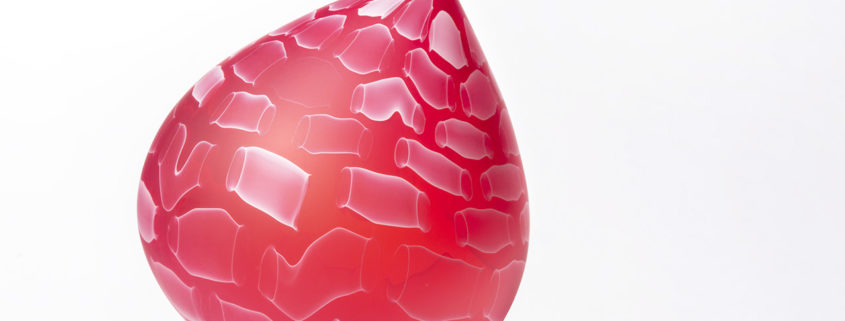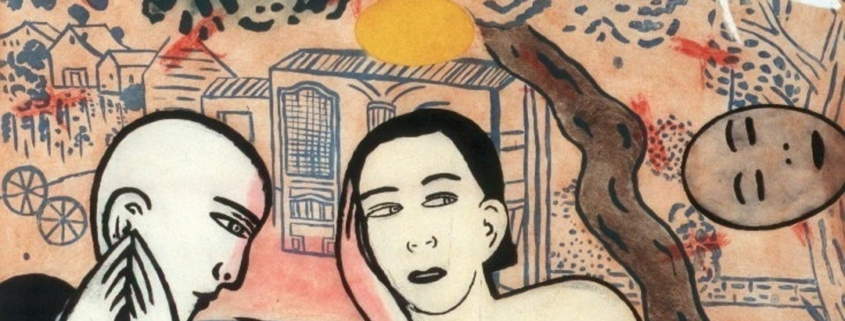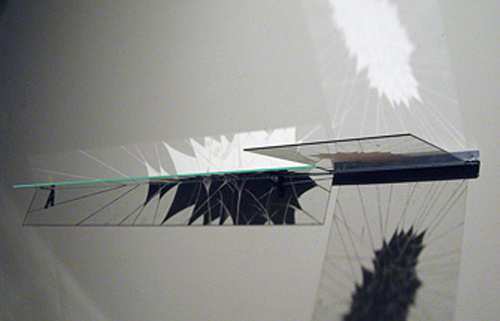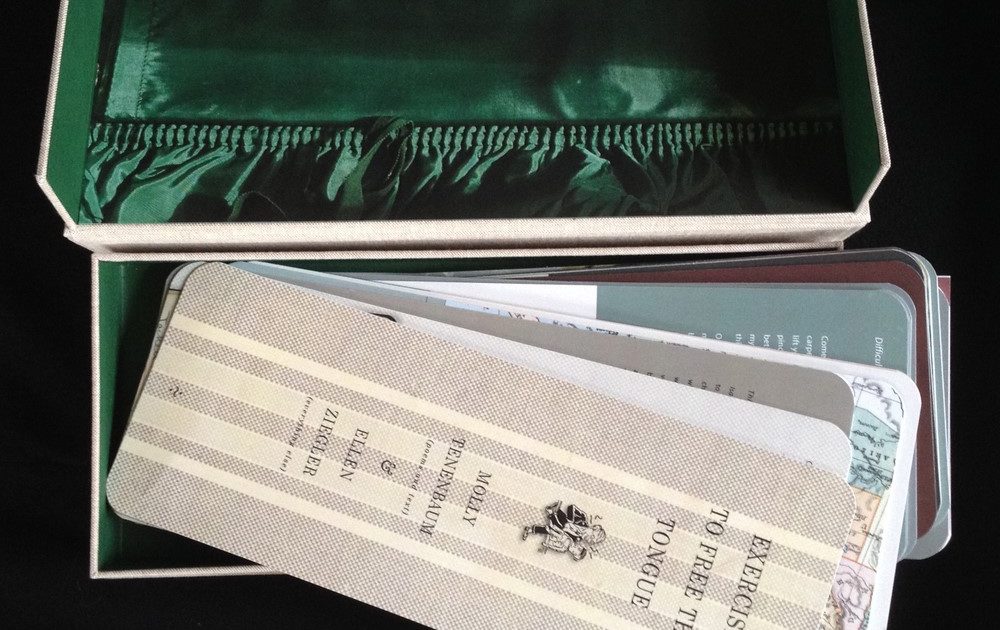Five Women Artists – Matika Wilbur
During the month of March, we are highlighting five women artists. The project is inspired by the National Museum of Women in the Arts’ “Can you name #5WomenArtists?” campaign. Our final artist of this series is photographer Matika Wilbur.
Seeds of Culture by Matika Wilbur

Temryss Lane, Xeli’tia, Lummi Nation, Washington, 2020. Photo by Matika Wilbur for Project 562. Courtesy of the artist.
Matika Wilbur, from the Tulalip and Swinomish Tribes, is a critically acclaimed photographer and social documentarian.
Wilbur has spent the last several years photographing more than 400 federally recognized Native American tribes as part of Project 562. The project, which launched in 2011, aims to change the way we see Native America.
Now, Wilbur is sharing a selection of her photographs in the exhibition Seeds of Culture: The Portraits and Stories of Native American Women. On view in the Lightcatcher building through June 13, 2021, the exhibition features photographs of Native American women along with interviews, written narratives, and a compelling sound-scape of voices and original music.
The exhibition offers a glimpse into the lives of Native women from across the country.
On her Project 562 Instagram account, Wilbur writes: “In my ten years on the road these women have befriended, taught, and inspired me. They are down-to-earth, complex, fulfilled, suffering, knowing, vulnerable, real women.”
She states she invites viewers “to experience them as I have, beyond stereotypes, fetishes, and historical and societal reduction, worthy of immense appreciation for their essences.”
Seeds of Culture features portraits from among the thousands she has taken over the years. It also includes a new special selection from area Tribes.
In 2020, Wilbur photographed Temryss Lane, Xeli’tia, of the Lummi Nation in Whatcom County. The image shows a pregnant Lane standing along the Salish Sea shoreline. Other additions are photographs of Karleigh Gomez of Port Gamble S’Klallam, and of Wilbur’s mother Nancy and daughter Alma Bee Wilbur Manansala.
This exhibition is part of the Whatcom Museum’s ongoing effort to work with more Indigenous artists to celebrate contemporary voices, perspectives, and contributions to art.
Wilbur’s background
Matika Wilbur earned her BFA from Brooks Institute of Photography with a double major in advertising and digital imaging. After starting out in fashion and commercial work in Los Angeles, Wilbur went on to receive her teaching certificate.
While working in education, Wilbur found the “representation of First Peoples in traditional curricula and the media as ‘leathered and feathered,’ dying races undermined her students’ sense of identity and potential,” her website states.
It was out of that experience that Project 562 was born. The goal is to create a repository of imagery and oral histories that accurately portrays contemporary Native Americans.
Throughout the multiyear project, Wilbur has traveled hundreds of thousands of miles to visit all 50 states. Along the way she captures images of Indigenous Peoples from many of the country’s 562+ federally recognized Tribes.
As of 2021, there are 574 federally recognized Tribes, according to the U.S. Department of Indian Affairs.
Wilbur’s work has been exhibited extensively, including at the Seattle Art Museum, the Burke Museum of Natural History and Culture, the Tacoma Art Museum, and others.
In addition to Project 562, Wilbur also co-hosts the popular podcast All My Relations. The podcast explores relationships and what is means to be a Native person today.
Seeds of Culture was originally shown at the Radcliffe Institute at Harvard University.
Read more: Native photographer is ‘rounding the corner’ on Project 562
You can find more blog posts from the #5WomenArtists series here.










